Fitness for Purpose: the Supreme Court overturns the Court of Appeal
Date: 3 August 2017
The Supreme Court has held that a ‘fitness for purpose’ obligation contained within a schedule to a construction contract was to be given its natural effect and that it was not inconsistent with the other terms of the contract. The ruling sets aside the decision of the Court of Appeal and restores an earlier judgment of the Technology and Construction Court, which held that the fitness for purpose obligation required the contractor to achieve a result, namely that the foundations would last for 20 years. The case affirms the position that the courts are generally inclined to give full effect to a requirement that a product complies with the contractual criteria.
This matter arose out of the construction of the Robin Rigg offshore wind farm and concerned the determination of contractual responsibility for a defect in the grouted connections between the monopile foundations and the transition pieces, which had failed due to slippage. The TCC held that the contractor, MT Højgaard, had not been negligent in the design of the grouted connection but that it was nonetheless responsible for the necessary rectification work by reason of a breach of the ‘fitness for purpose’ obligation within the construction contract with E.ON.
The Court of Appeal allowed MT Højgaard’s appeal, deciding that there was no ‘fitness for purpose’ obligation within the construction contract. It noted that the industry expected compliance with the well known J101 standard, but that it was generally known that such compliance did not guarantee the production of a foundation with an operational life of 20 years. It said that whilst two paragraphs of the Employer’s Requirements at first sight constituted a 20 year warranty, all the other provisions of the contract pointed the other way referring to ‘design life’ and the requirement to exercise reasonable skill and care. The Court of Appeal said that the two paragraphs within the Employer’s Requirements were “too slender a thread” upon which to hang a finding that MT Højgaard warrantied a 20 year lifetime for the foundations.
E.ON appealed to the Supreme Court. In giving judgment, Lord Neuberger considered that there were only two arguments open to MT Højgaard as to why the paragraphs should not be given their natural meaning.
The first argument was that the warranty would be inconsistent with the obligation to comply with J101. Lord Neuberger reviewed the approach of the English (and Canadian) Courts and concluded that the courts were generally inclined to give full effect to a requirement that an item produced complied with the prescribed criteria on the basis that, even if the employer had specified or approved the design, it is the contractor who could be expected to take the risk. He noted that compliance with J101 was stated in the construction contract to be a ‘minimum requirement’ and concluded that, where different or inconsistent standards were imposed, the correct analysis was that the more rigorous or demanding of the two standards or requirements must prevail, as the less rigorous standard could properly be treated as a minimum requirement.
The second argument was that the two operative paragraphs were too slender a thread upon which to hang such an important and potentially onerous obligation. However, Lord Neuberger considered that paragraph 3.2.2.2 was clear in its terms in imposing a duty on MT Højgaard that the foundations would have a lifetime of 20 years. He did not see why this could be said to be an improbable or unbusinesslike interpretation that should be given no meaning, or a meaning which rendered it redundant.
E.ON’s appeal was accordingly allowed and the order of the TCC restored.
John Marrin QC and Paul Buckingham acted for the successful appellants (E.ON) (instructed by Gowling WLG).


